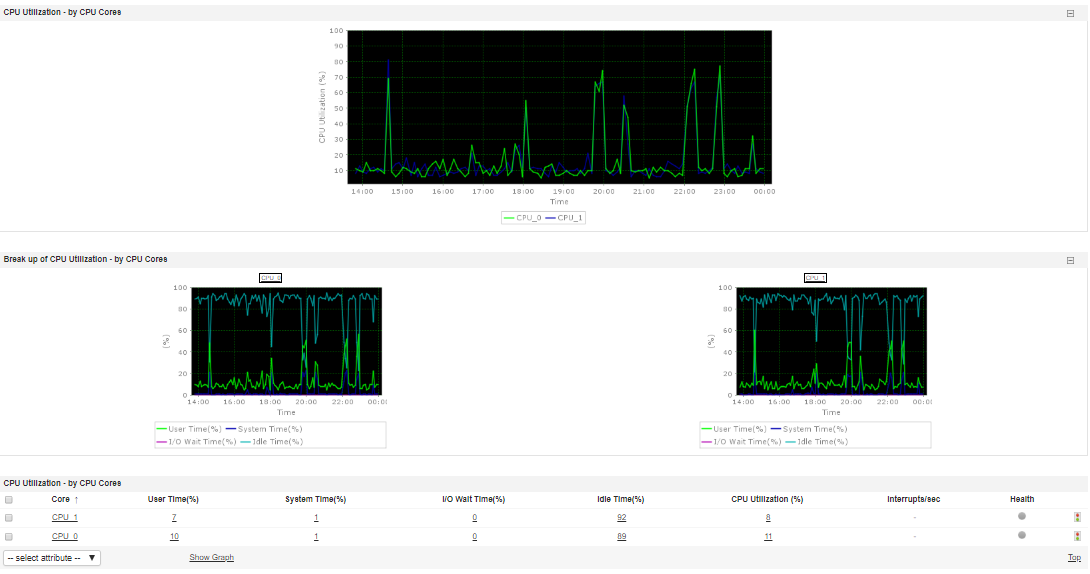

What can be considered as "high"? When you constantly see a Load Average higher than the number of cores on a server (load average above 8, on an 8-core CPU system), most likely there's some issue on a server or it just can't handle the load. In this example, the ' dd' process is in the ' R' state, which means it's running and consuming CPU right now. On the screenshot below you can see the output of the ' top' command-line utility with a state column marked red. It's safe to assume that all such processes are waiting for input/output operations to be completed before the process can transition to a running state.

In simple words, such kind of process is waiting for data to be prepared and passed to memory so the CPU could work with it. D - Process in an uninterruptable sleep state.Processes in this state usually consume the CPU processing time and have all data needed for execution at the moment. nr_uninterruptible - number of processes in the uninterruptable sleep stateĪ general rule for Linux is to mark process states this way:.nr_running - number of running processes.What is the Load Average value in Linux and how it's calculated?Īccording to a kernel developer comment in the loadavg.c function in the Linux kernel code, load average is: " an exponentially decaying average of nr_running + nr_uninterruptible". This article's purpose is to explain how a load average value is calculated, how to make use of it, and how to determine what's making load average values grow. How to find the root cause of a high load? Environment You can add the -background or -b flag with the command to send the command to the background.What is the Load Average value in Linux and how it's calculated? If you stop the execution of cpulimit, the CPU usage of that specific process will go back to normal.Ī great solution to prevent this issue is to run cpulimit in the background. Here, cpulimit will restrict the CPU usage of the process as long as it's running. To force a process with PID 81550 to use only 50% of the CPU: sudo cpulimit -p 81550 - limit 50

You can use the -limit or -l flag of the cpulimit utility to add a limit to the resources that a process can use. The basic syntax of the command is: cpulimit -p pidĬpulimit -P /path-to-executable Limit the CPU Usage of a Process -P or -path: Absolute path of the executable file.-e or -exe: The name of the executable file.-p or -pid: The process ID of a process.To use cpulimit, you'll have to pass one of the following three arguments with the command: Therefore, to install it on CentOS and RHEL distributions, you'll have to enable the EPEL repository first. On Arch-based distributions like Manjaro Linux: sudo pacman -S cpulimitĬpulimit is available on the EPEL (Extra Packages for Enterprise Linux) repository. You can install the package on Ubuntu and other Debian-based distributions as follows: sudo apt install cpulimit


 0 kommentar(er)
0 kommentar(er)
